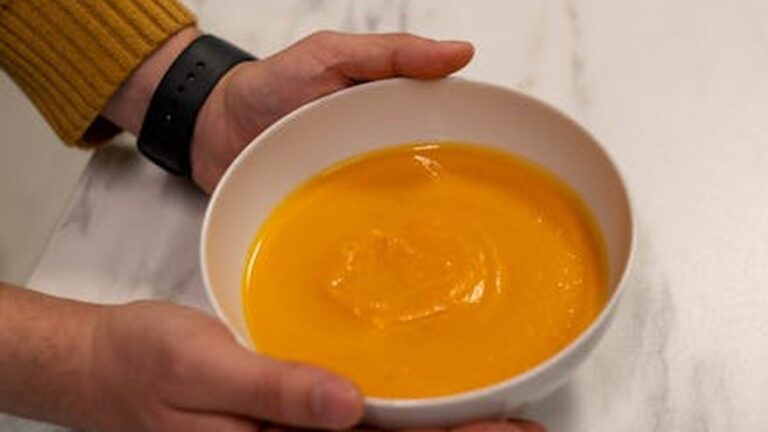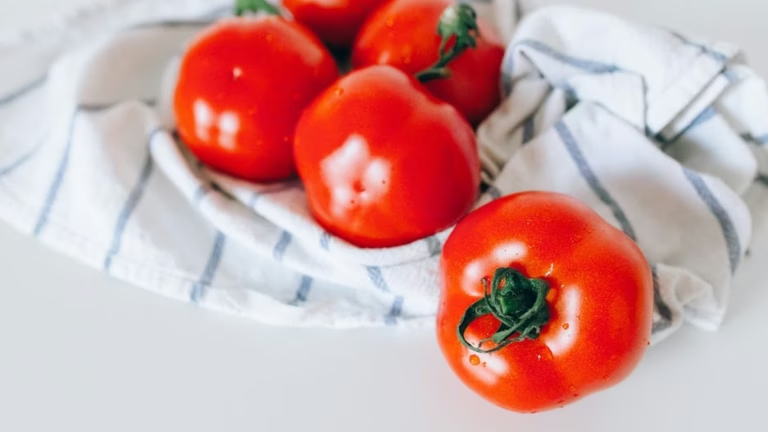Navigating Joint Pain in Colder Weather: Tips and Treatments for Osteoarthritis
Understanding the Cold Weather Connection to Osteoarthritis
As the temperature drops, many people with osteoarthritis (OA) experience an increase in joint pain. While the exact reason for this isn’t fully understood, several factors are believed to contribute. Some researchers believe that barometric pressure changes that often accompany colder weather can cause tissues around the joints to expand, leading to increased pain. Others suggest that colder weather leads to decreased physical activity, which can stiffen joints and exacerbate symptoms. Regardless of the cause, managing your OA pain during the colder months is crucial for maintaining your quality of life.
Why Does Cold Weather Seem to Worsen Osteoarthritis?
Several theories attempt to explain the link between cold weather and increased OA pain:
- Barometric Pressure: Changes in atmospheric pressure might affect the fluid within your joints, causing them to swell and become more sensitive.
- Reduced Physical Activity: Colder weather often leads to a more sedentary lifestyle. Inactivity can cause joints to stiffen and muscles to weaken, leading to increased pain.
- Nerve Sensitivity: Some individuals may have increased nerve sensitivity in cold temperatures, making them more susceptible to pain signals.
- Muscle Tension: Cold weather can cause muscles to tense up in an attempt to conserve heat. This tension can put extra stress on joints, leading to increased pain.
Practical Tips for Managing Joint Pain in Cold Weather
Fortunately, there are several strategies you can implement to manage your osteoarthritis pain during the colder months. These range from simple lifestyle adjustments to more involved medical treatments.
Staying Warm and Active
Keeping your body warm and maintaining a certain level of physical activity are key to managing OA pain in cold weather. Consider these tips:
- Dress warmly: Layer your clothing to trap heat and protect your joints from the cold. Consider wearing gloves, hats, and scarves, even indoors if necessary.
- Warm up before exercise: Before engaging in any physical activity, take the time to warm up your muscles and joints with gentle stretches or light cardio.
- Stay active indoors: If outdoor activities are limited, find ways to stay active indoors. Consider walking around your home, using a treadmill, or participating in indoor exercise classes.
- Use heat therapy: Apply warm compresses, heating pads, or take warm baths to soothe sore joints and relax tense muscles.
Dietary and Lifestyle Modifications
Certain dietary and lifestyle changes can also help manage your OA pain:
- Maintain a healthy weight: Excess weight puts extra stress on your joints, especially your knees and hips. Losing weight can significantly reduce pain and improve mobility.
- Eat a healthy diet: Focus on consuming anti-inflammatory foods, such as fruits, vegetables, and fatty fish. Limit your intake of processed foods, sugary drinks, and red meat.
- Stay hydrated: Dehydration can worsen joint pain. Drink plenty of water throughout the day to keep your joints lubricated.
- Manage stress: Stress can exacerbate pain. Practice relaxation techniques such as deep breathing, meditation, or yoga to manage stress levels.
Medical Treatments for Osteoarthritis Pain
If lifestyle modifications aren’t enough to manage your pain, various medical treatments can provide relief. It’s crucial to consult with your doctor to determine the best course of treatment for your specific needs.
Over-the-Counter and Prescription Medications
- Over-the-counter pain relievers: Medications like acetaminophen (Tylenol) and nonsteroidal anti-inflammatory drugs (NSAIDs) such as ibuprofen (Advil, Motrin) and naproxen (Aleve) can help reduce pain and inflammation.
- Prescription pain relievers: Your doctor may prescribe stronger pain relievers, such as opioids, for more severe pain. However, these medications should be used with caution due to the risk of side effects and addiction.
- Topical pain relievers: Creams and gels containing ingredients like capsaicin or menthol can provide localized pain relief.
Other Treatment Options
- Physical therapy: A physical therapist can teach you exercises to strengthen your muscles, improve your range of motion, and reduce pain.
- Occupational therapy: An occupational therapist can help you find ways to modify your activities to reduce stress on your joints.
- Injections: Corticosteroid injections can provide temporary pain relief by reducing inflammation in the joint. Hyaluronic acid injections can help lubricate the joint and reduce pain.
- Surgery: In severe cases, surgery may be necessary to replace a damaged joint.
Don’t Let Cold Weather Define Your Winter
While colder weather can exacerbate osteoarthritis pain, it doesn’t have to dictate your winter. By implementing these tips and working closely with your doctor, you can effectively manage your pain and enjoy a more active and comfortable winter season. Remember to listen to your body and adjust your activities accordingly. With the right approach, you can navigate the challenges of cold weather and maintain a good quality of life despite your osteoarthritis.






